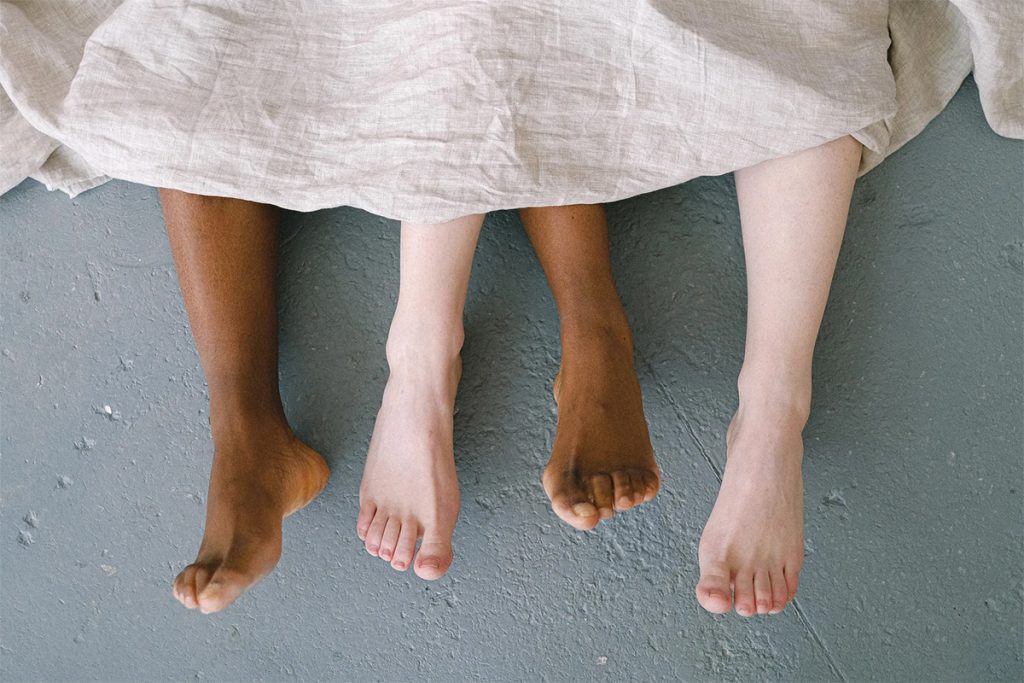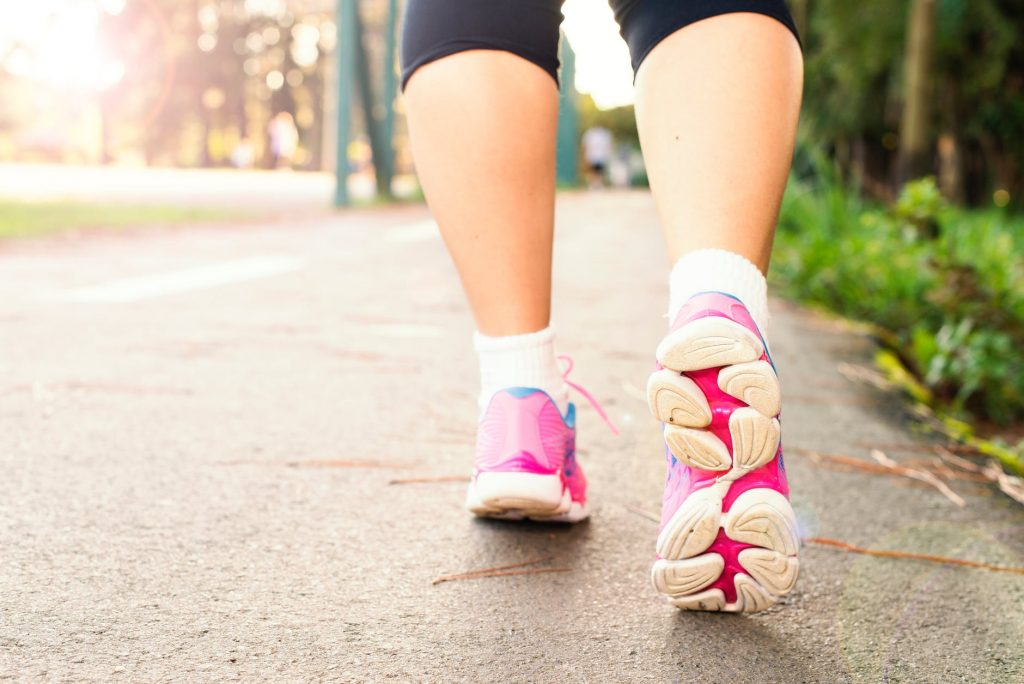
The feet are one of the most overused and taken for granted parts of the body. Since the feet are the foundation for the rest of the body, it would only be logical to begin developing strong, aligned, and full functioning feet from the start when developing a personalized fitness program. The feet should be a priority for developing sound fitness education in order to prevent injuries. Most fitness and sport injuries usually involve the feet. Even when the injury is to the knee, hip or back it can usually be traced back to a misaligned foot pattern.
In the fitness and wellness world there is hardly ever a designated focus on the feet. Since the feet are involved in almost all fitness activities it would make sense that starting with a careful assessment of a person’s feet would be the best place to start. Observing how a person stands, walks, runs, and moves normally can tell you why a person might have a hip, knee, or lower back problem. People who have difficulty with balance almost always have a foot alignment and gait which cannot support the body in movement. Maintaining and working foot function is crucial for insuring continuous mobility, and independence in populations who are handi-capped, have had strokes, who have M.S. or Parkinson’s, or diabetes.
Feet often are good indicators for what is going on in other parts of the body. Abnormalities or pain in the feet can often be a precursor for more serious health conditions. This means that we as wellness practitioners and fitness experts need to pay attention to the feet so much more than is commonly done today.
As wellness/fitness educators it makes sense to understand the anatomy of the feet. It is easy to understand and be able to explain to clients that there are three posterior muscles which go into the plantar foot, three muscles into the dorsal foot. There are three muscles which attach at the calcaneus stabilizing the ankle, heel and lower leg to knee. Both the tibialis posterior and anterior are major stabilizers and the flexors and extensors can only reach their insertions based on the full function of these two muscles. It is not difficult to give people simple and clear understandings of these basic muscles and how they need to be in balance in order for the muscles of the legs to work correctly.
Throughout the body we train muscle groups and chains to function and support the body in movement. These muscles are largely unrestricted by outside forces. Only in the feet are the muscle insertions cut off and thus, restrict the muscles from their full function.
This means that over time the muscle chains will slowly contract upward from these restricted insertions. Wearing shoes to train restricts full function of the feet and legs. This in no way means you should train people barefoot, however, it does mean that part of each training session should be focusing on the feet without shoes worn.
Here are simple facts about the feet:
- There are 52 bones in your feet which makes up 1/4 of the bones in your body. This means that it pays to focus on the anatomy of the feet and to best understand how to transfer weight through them.
- Each foot has 26 bones, 33 joints, 107 ligaments, and 19 muscles and tendons which are supposed to hold the structure and allow it to move the rest of the body. The more you can analyze a person’s gait and standing position and observe which muscles are not being used properly and where weight is impacting and damaging the foot, the easier it can become to correct the problem and prevent injuries.
- 75% of all Americans will experience foot problems at some point in their lives. This is epidemic. More people are living active lives and more foot injuries are occurring annually. Starting at the feet is essential for avoiding foot injuries.
- With a foot injury, without education about how to change the way a person is using his feet, the injury will continue to occur and worsen with time. Using orthotics and other devices does not re-educate the feet. They are temporary fixes. Over time a person will continue to breakdown in the same pattern while weight bearing into the orthotic.
- When walking the feet receive more pressure into them than the actual weight of a person and when running it can be up to four times the weight of a person. Learning how to use the entire foot when walking allows a transfer of weight throughout the foot. This can mean a person stops walking into the same point repetitively breaking down. Weight needs to be transferred equally through the feet.
- Only a small percentage of people are actually born with foot problems. People blame foot problems on their genetics. Genetics in the feet as well as in any other structural part of the body can be identified and improved upon to avoid repeating the family pattern.

Bringing the Best Foot Practices into the Medical Fitness Community
It is important to bring the feet into your client’s fitness/wellness program. Learn how to break foot education down so it is mindful and allows a person the ability to understand how to use his/her feet. Here are some pointers:
- Observe how your client stands, walks, and runs to see the most used foot pattern.
- Observe where this pattern might be repetitively stressing and impacting the joints of the feet and above in the body.
- Teach a client how to walk and stand in parallel with feet at hips distance a part.
- Train people how to transfer their weight from the heels, through the outside of the feet, through the transverse arch from lateral foot to medial, from fifth toe to big toe. The knee must stay in line with the middle foot when the big toe presses down into the floor.
- Explain what pronation and supination are. Explain the difference between pronation and collapsing the feet medial breaking down the arch.
- Train clients how to activate and strengthen and stretch their toes.
- If your client is weight bearing into the medial knee, focus on the feet to realign the knees and avoid a knee injury.
- The more you bring a foot practice into your program, the better your results will be and the less injuries will be experienced.
Yamuna Zake is a visionary healer dedicated to demystifying the body and providing simple, powerful tools that make lifelong fitness and well-being a reality for everyone. She has developed her deep knowledge of how the body works over forty years, starting at sixteen, when she became a certified hatha yoga instructor. She is the founder of Yamuna, a leading source of education for teachers, therapists, and fitness instructors interested in expanding their knowledge in BodySustainability which can enhance their core expertise, and often lead to a longer term interest in becoming a certified Yamuna instructor.
References
- Information taken from Illinois Pediatric Medical association – Simple facts
- Yamuna Foot Fitness Training Manuals – Bringing best foot Practices
